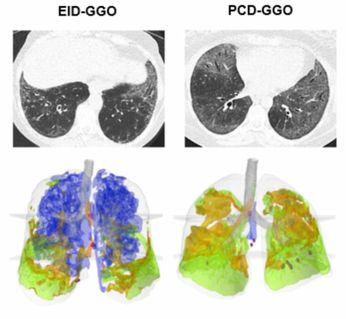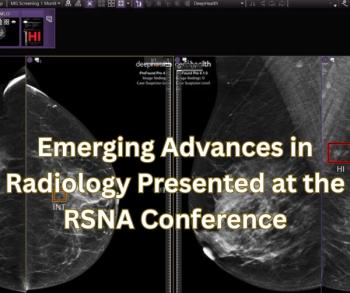
MRI Makes Virtual Autopsy Viable in Certain Cases
Non-invasive autopsies, performed by MRI, could help determine cause of death for fetuses and young children.
Using MRI to determine cause of death among fetuses and young children may be a viable alternative to a conventional autopsy in selected cases, according to a study published in the journal
Researchers from the United Kingdom undertook a prospective validation study in which they compared the accuracy of a standard open dissection with that of whole-body, post-mortem MRI with or without other minimally invasive methods, such as blood samples, visual examination of the body, and genetic and metabolic tests. They did not include tissue biopsies. The subjects were 277 fetuses (divided into those that were less than 24 weeks’ gestation and those more than 24 weeks’) and 123 children under 16 years old who died between March 1, 2007 and September 30, 2011.
The researchers found that in 357 cases (89.3 percent), the cause of death or major pathological lesion detected by the minimally invasive autopsy agreed with the conventional autopsy findings, with the most accuracy being among the youngest cases (94.6 percent and 95.7 percent among fetuses under 24 weeks and those over 24 weeks, respectively). Accuracy was 81 percent for babies newborn to 1 month old, 84.9 percent for babies from 1 month to 1 year old, and 53.6 percent for children from 1 year to 16 years.
The researchers suggested that the lower rate among older children could be due to the virtual autopsy’s inability to detect infections, which is a more common cause of death than among the fetuses.
Using MRI to determine cause of death is not a new notion. In 2003, the Radiological Society of North America (RSNA)
Rates of consent for autopsy for children and fetuses have been declining in the UK. The authors concluded that this minimally invasive approach could be valuable and an acceptable alternative when appropriate.
Newsletter
Stay at the forefront of radiology with the Diagnostic Imaging newsletter, delivering the latest news, clinical insights, and imaging advancements for today’s radiologists.




























